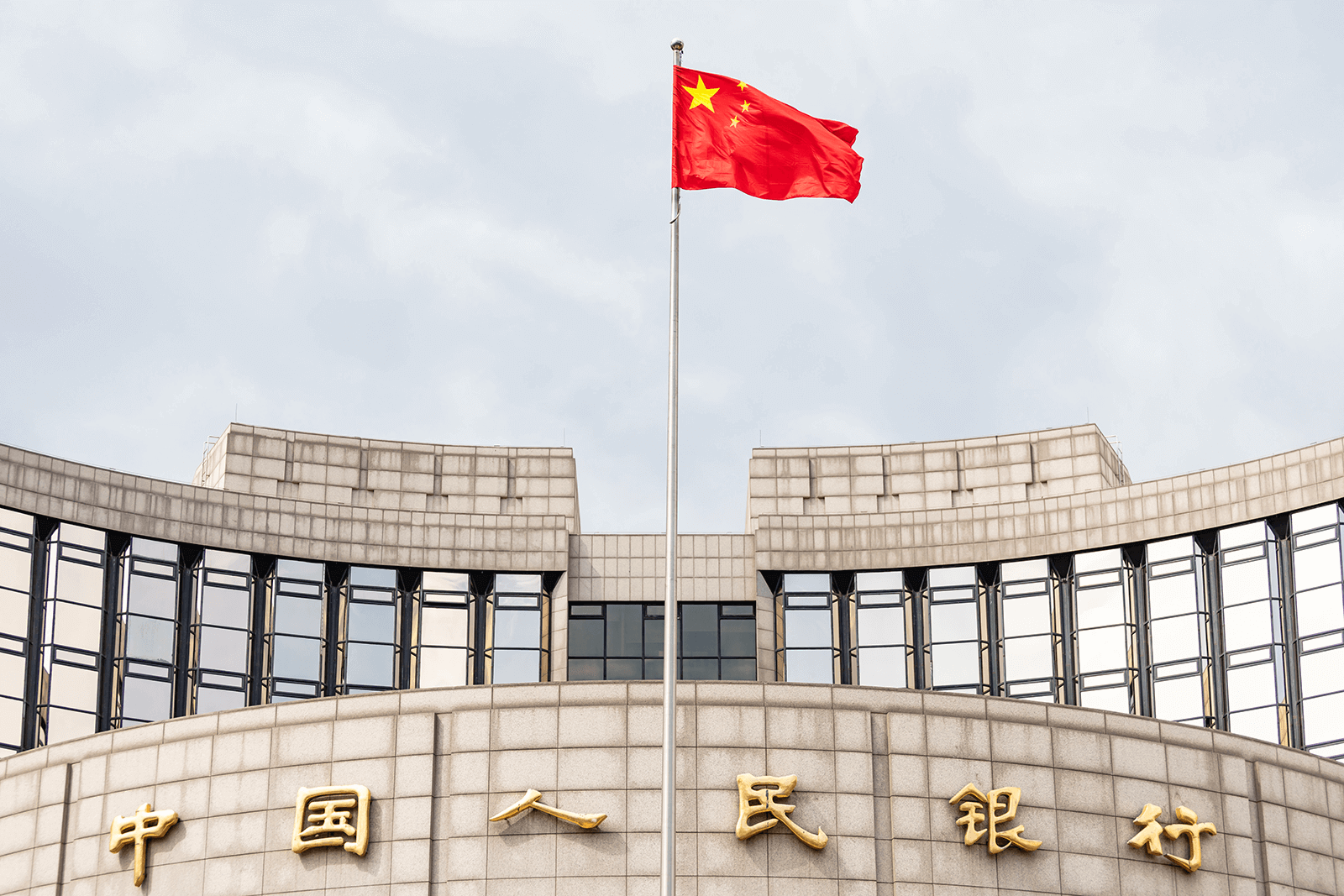On Wall Street, July saw a continuation of the strong June market performance, with the large technology names again posting the largest gains. To the point that Nasdaq decided to trim the weightings of the “Magnificent Seven” components of the Nasdaq-100 index. On Main Street, meanwhile, the situation appears somewhat less rosy, with parts of the economy headed for recession – if not already there. The second quarter corporate earnings season is certainly proving contrasted: some sectors continue to do extremely well, while others are taking hits.
The Nasdaq announcement came after the best first half performance ever for the Nasdaq-100 index, driven by all the hype surrounding artificial intelligence. The press release issued on 7 July stated that the redistribution of weightings was being made in order to “address overconcentration in the index”. Indeed, the top seven Nasdaq-100 components each exceeded 4.5% and collectively added up to over 48% of the index, fulfilling the conditions for a makeover as per the Nasdaq methodology. Such an adjustment was desirable, to say the least.
This also shows how concentrated this year’s stock market rally has been – and how excessive some equity valuations have become. When one looks beyond the top index names, the story is indeed very different, as it is in the “real” economy. Second quarter earnings releases are proving very instructive in this regard.
Disappointing results, to put it mildly, have been reported by industrial companies, the chemical industry being an example amongst others. Ditto for basic suppliers of everything related to the construction sector. While much has been written lately about the resilience of consumption, thanks to remaining Covid-related excess savings and still strong labour markets, the fact is that households are buying much fewer “brown goods”. Their discretionary spending is now being targeted essentially towards leisure activities, as evidenced for instance by the very strong second quarter figures released by cruise lines (with ships that are nearly fully booked through the end of 2024). Airlines and hotel chains, too, are posting surprisingly strong numbers.
The picture painted by second quarter corporate profits is, not surprisingly, corroborated by PMI (purchasing managers) surveys. In both the US and Europe, the manufacturing PMI currently stands below the 50 mark (42.7 in the eurozone and 49,0 in the US) while the services PMI is still in expansionary territory (at 50.9 and 52.3 respectively). Our concern, of course, is that the underlying downtrend in industrial demand will eventually also impact the services sector, which could tip the economy into a generalised downturn (recession).
Besides manufacturing and services, there is of course the food sector, where a handful of multinational giants now appear to be enjoying huge pricing power. Given relatively inelastic consumer demand in volume terms, this means that they are able to drive up end prices faster than costs, resulting in margin expansion and very positive quarterly earnings surprises, at least in the past quarter. Which obviously contributes to inflation, as do rising wages because of the still tight labour markets. The inflation ghost is thus far from dead, whatever the claims some politicians may currently be making. Not to mention that energy prices (especially oil) are back on the rise.
These are all reasons for which central banks are considering further monetary tightening, even though the historically rapid and steep rate hikes of the past two years are starting to bite into investment – in construction especially and more generally in private equity. While a cut in interest rates would ease financial pressure on households, companies and governments alike, we stick firm with our expectation of durably tight monetary policy.
To get back to the equity market, this in turn means that investors should stay tuned and certainly not chase the ongoing rally in the expensive “Magnificent Seven”. A prudent stance remains warranted in our view, particularly since we are starting to see some cracks appear in the unlisted arena. Many venture capital funds, finding it increasingly difficult to attract additional capital, are no longer able to further support financially the companies held in their portfolios – which have not yet reached the profitability threshold – resulting in numerous restructurings and bankruptcies. Some of the money added by central banks during the period of zero rates is thus disappearing from the system. An (unwanted) monetary tightening in itself…
In addition, bonds are becoming more interesting by the day as the yield curve does finally seem to be straightening its back: long-term interest rates are, with ups and downs admittedly, on a rising trend.
As such, watch out for a possible “big shift” from equities (and private equity investments) to bonds, by insurance companies and pension funds, amongst others, should long-term interest rates come close to the returns they expect on their equity portfolios. While obviously hard to predict, such a move may not be too far away.









